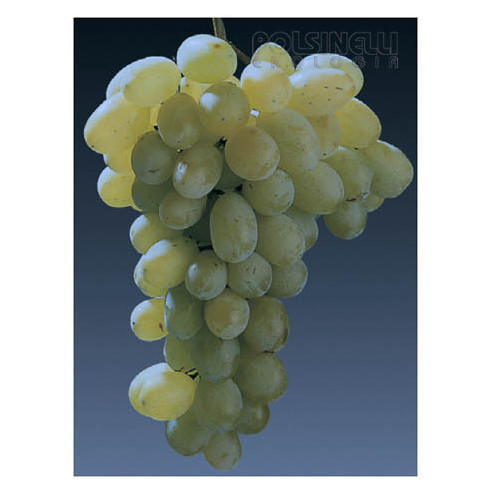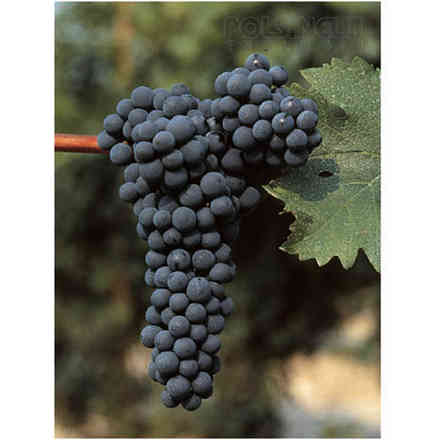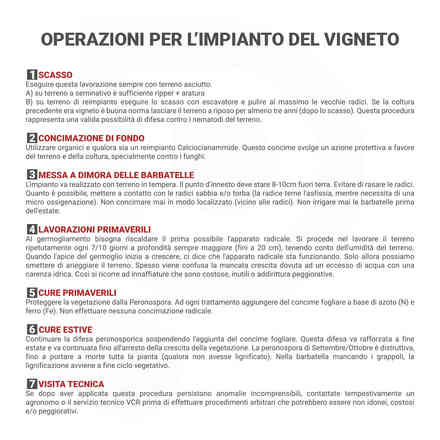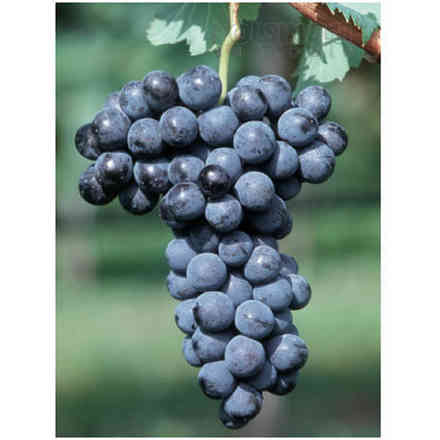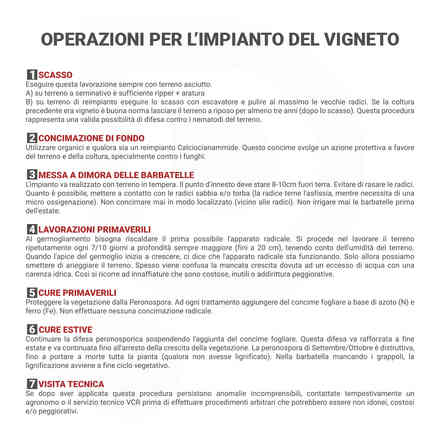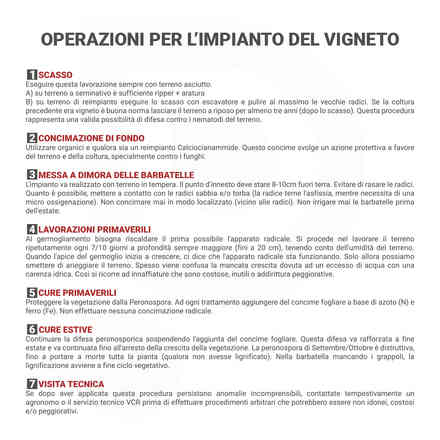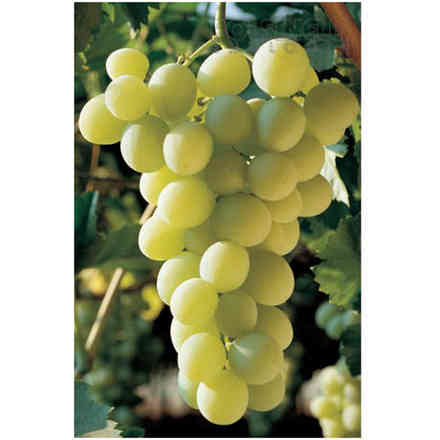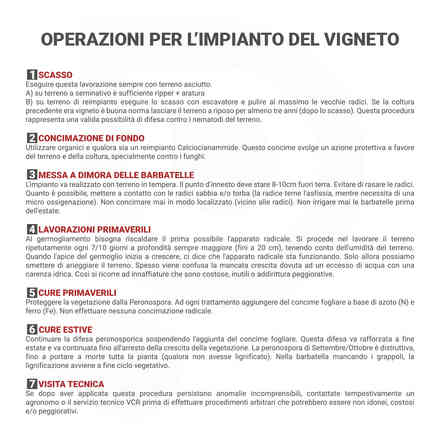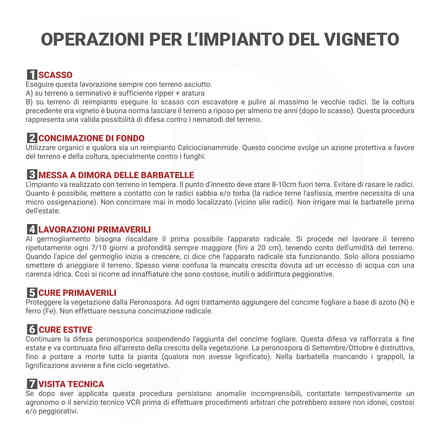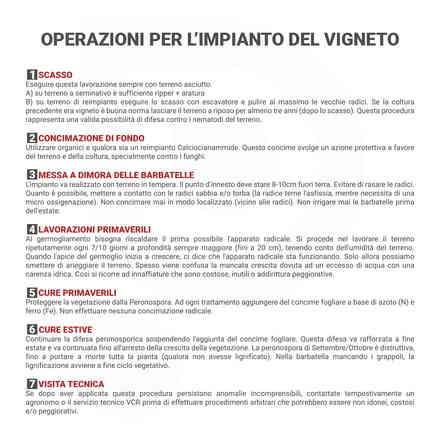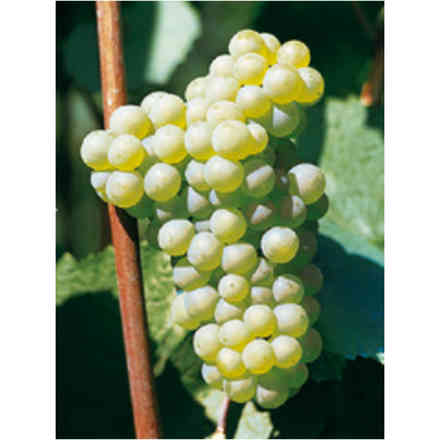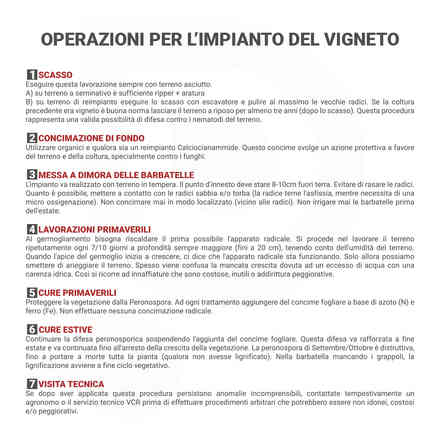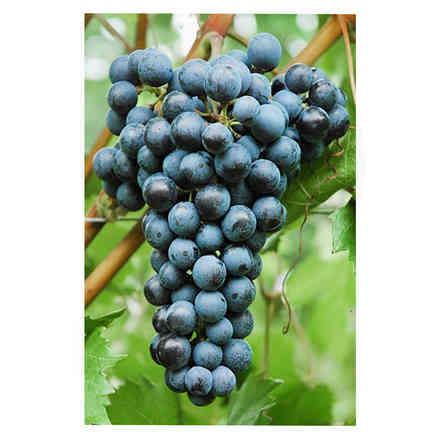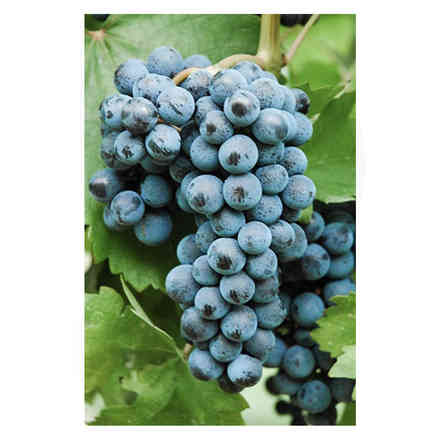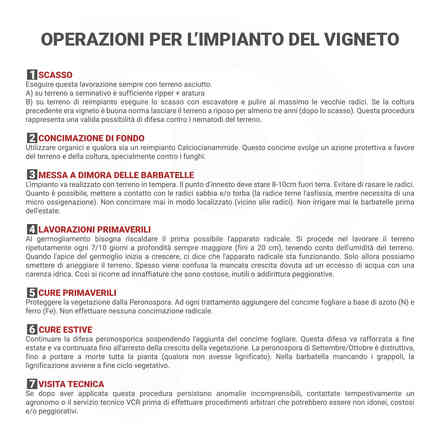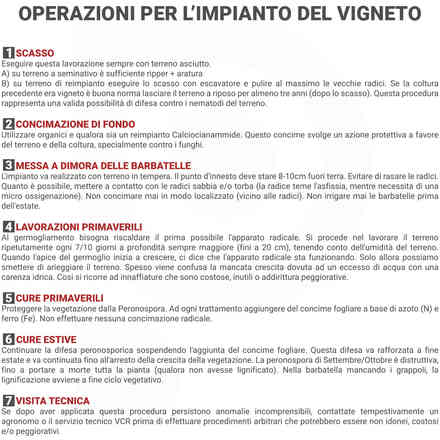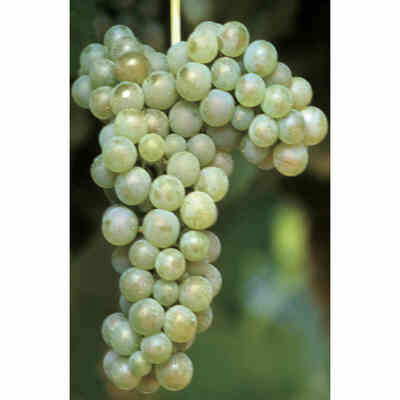
Victoria (10 pieces)
Description
 AUTHORIZED RETAILER
AUTHORIZED RETAILER
Barbatella Victoria (10 pieces)
Rootstock 1103P - K5BB - S04 - 140RU - 420A (We will send the rootstock available at the moment)
This is a cross between Lepodatu Victoria and Condei Gheorghe at the Horticultural Research Institute in Dragasani, Romania. The genetic origin is Cardinal x Afuz Ali (Queen). Spread first in Romania, it was later successfully experimented in Greece where, in the areas of Kavala and Chalkidiki, it found wide acceptance among winegrowers.
Ampelographics: bud with expanded, green, almost glabrous apex. Leaves: large, pentagonal with 5 lobes, open U-shaped petiolar sinus, green in colour, underside almost glabrous. Cluster: large, pyramidal, moderately compact, attractive-looking. Large, cylindrical-elliptical, green-yellow berry; neutral flavour; not very pruinose and moderately thick skin with uniform colouring; crunchy pulp with two pips.
Phenological and agronomic characteristics:
- Sprouting time: medium.
- Ripening time: medium-early.
- Vigour: high.
- Real fertility: 1.2.
- Production: high.
- Cluster weight: 600-700 g.
- Berry weight: 10-12 g.
- Seeds: 2 per berry.
- Sugar content: 16-17%.
- Total acidity: 4-5‰.
- PH: 3.5.
- Resistance to transport: high.
- Cultivation and pruning: adapts to both expanded and contained forms of cultivation and can therefore be grown in both canopy and espalier forms. It is necessary to intervene with suckering, green pruning and leaf removal, although to a lesser extent than other varieties.
- Sensitivity to disease and adversity: normal. Shows clear incompatibility with Kober 5BB.
- Overall assessment: interesting variety for its earliness and excellent bunch characteristics, as well as for its constant productivity. In the selection developed by the Rauscedo Cooperative Nurseries in collaboration with the Vitrohellas Company (Greece), uniformity and health control are emphasized; it is undoubtedly a very valid cultivar for all producers of table grapes.
CULTIVATED AREA IN ITALY
YEAR 1990 2000 2010
HECTARES 877 218 7,365
RULES TO PLANT A VINEYARD
1. PLOW
You must perform this operation always with dry soil
A) On arable land is generally sufficient to ripper + to plow
B) On planting soil is generally sufficient to plow with an escavator and to clean the old roots.
If the previous crop was a vineyard, it is a good idea to leave the soil fallow for at least three years (after plowing). This procedure represents a valid possibility of defence against soil nematodes.
2. SOIL FERTILIZATION
Use organics and if it is a reimplantation, use Calciumocyanamide.
This fertiliser has a protective effect on the soil and the crop, especially against fungi.
3.PROPAGATING GRAPE VINE CUTTINGS
The planting should be carried out in temperate soil. The grafting point should be 8-10 cm above ground. Avoid shaving the redices. As much as possible, put sand and/or peat in contact with the roots (the root fears asphyxiation, while it needs a micro-oxygenation). Never fertilize in a localized manner (near the roots). Never water the rooted cuttings before summer.
4.SPRING WORKS
When sprouting, the root apparatus must be heated as soon as possible. Work the soil repeatedly every 7/10 days at increasing depth (up to 20 cm), taking into account the moisture of the soil. When the apex of the bud starts to grow, it means that the root system is functioning. Only then can we stop watering the soil. Failure to grow due to access to water is often confused with a lack of water. This is why watering is used which is expensive, useless or even worse.
5.SPRING CURE
Protect vegetation from Peronospora. To each treatment add nitrogen (N) and iron (Fe) foliar fertilizer. Do not make any radical fertilization.
6.SUMMER CURE
Continue with the defense against Peronospora by suspending the addition of the foliar fertilizer. This defense should be reinforced in late summer and should be continued until vegetation growth stops.
The September/October blight is destructive, to the point of bringing death to the whole plant (if it has not lignified). The rooted vine lacks clusters, so lignification occurs at the end of the vegetative cycle.
7.TECHNICAL VISIT
If incomprehensible anomalies persist after this procedure, contact an agronomist or the VCR Technical Service promptly before carrying out arbitrary procedures which may be unsuitable, expensive and/or worsening.














